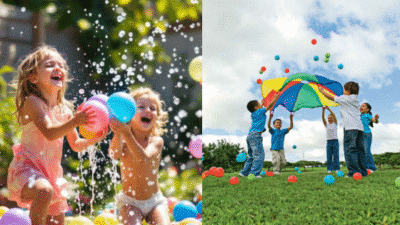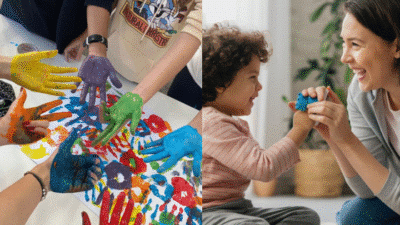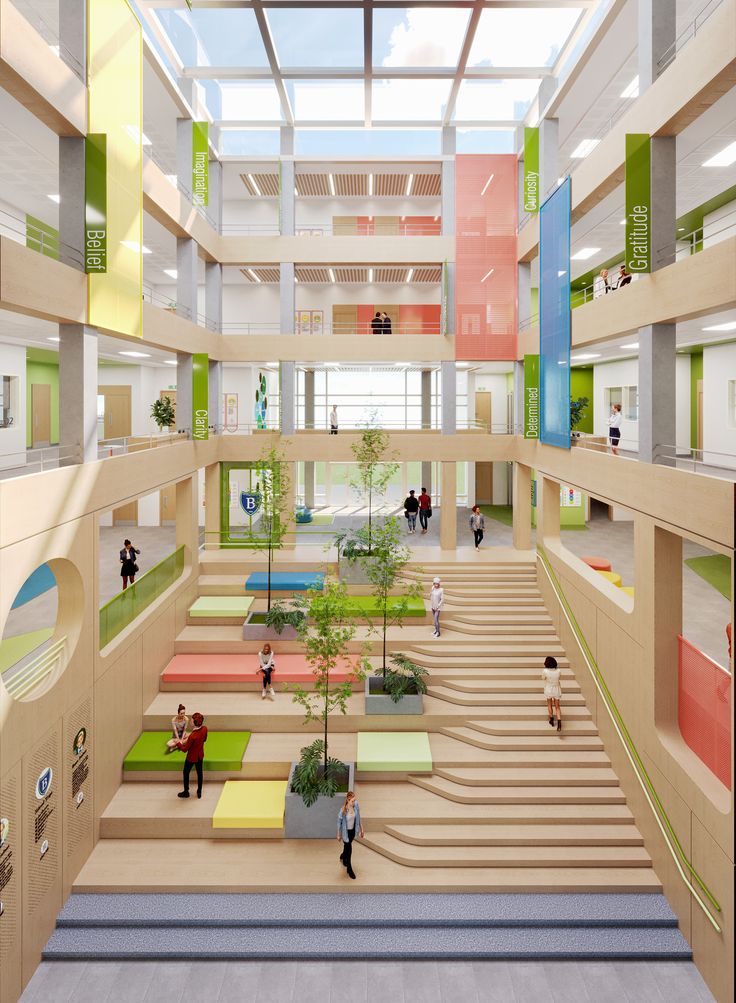
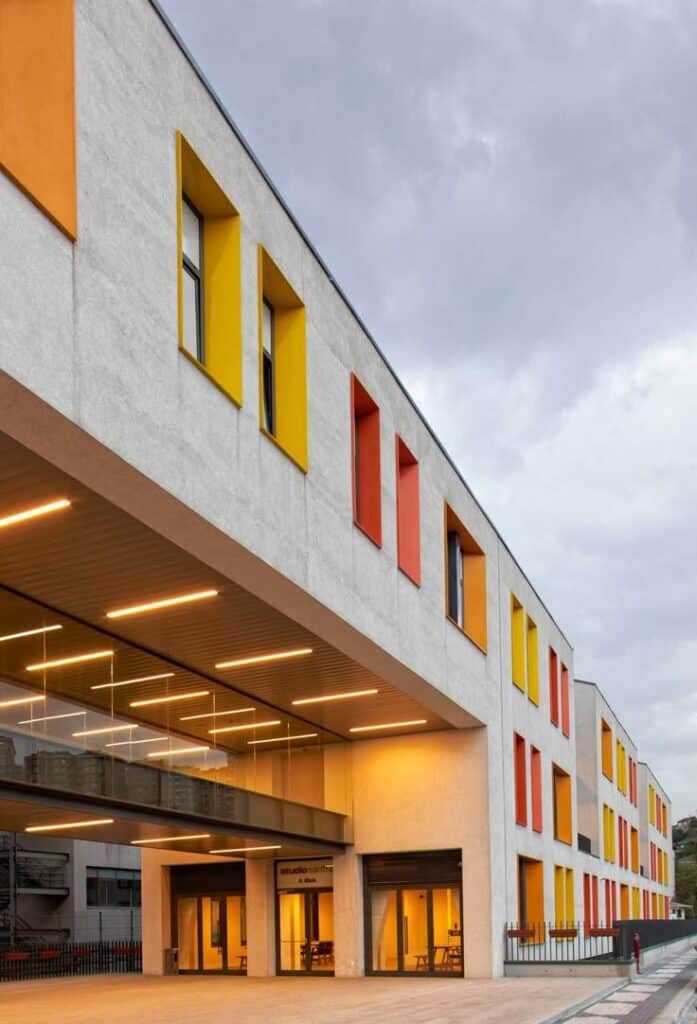
Outdoor learning spaces have shifted from mere extensions of indoor classrooms to thoughtfully designed areas that promote learning and creativity. By integrating nature-centric elements, schools improve students’ engagement and well-being. This progressive approach encourages exploration, collaboration, and hands-on experiences.
Through the adoption of innovative designs and strategic urban planning, educational institutions are reimagining how outdoor learning spaces are utilized. The result is a harmonious blend of education and nature that enriches students’ academic journeys.
Flexible Seating for Diverse Learning Styles
Modern outdoor learning spaces benefit from the incorporation of flexible seating options. Unlike traditional static seating arrangements, flexible seating encourages active student engagement and collaboration. Movable benches or bean bags cater to various seating preferences and facilitate group activities. With multiple choices available, students can select a seating style that best suits their comfort and learning needs.
The arrangement of outdoor furniture can influence student dynamics. A circular seating arrangement encourages open dialogue, whereas smaller clusters can facilitate teamwork on projects or discussions. When schools invest in versatile and innovative school furniture for the outdoors, they unlock numerous opportunities for student-led learning. They can address diverse learning styles so that students engage in kinesthetic, auditory, or visual learning activities.
Embrace Nature in Education
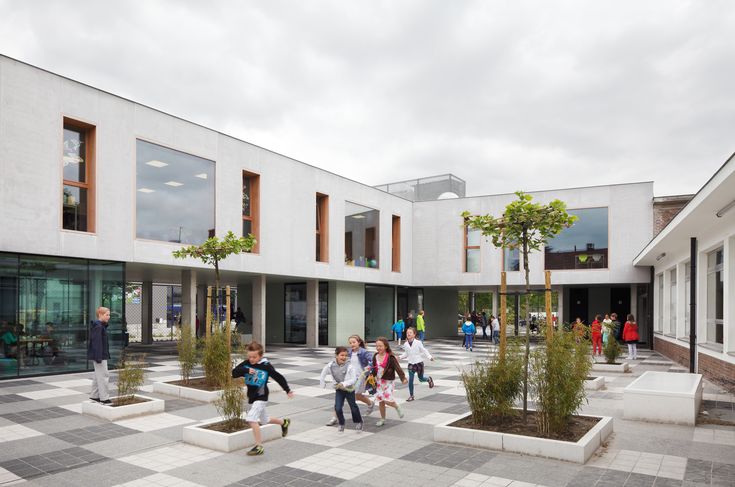
Integrating natural elements into outdoor school spaces reaps multiple benefits for students and teachers alike. Exposure to natural surroundings stimulates cognitive function and reduces stress levels among learners. Schools that utilize outdoor spaces create environments that promote physical activity and creativity. Gardens, shaded seating areas, and interactive play structures encourage students to interact with their natural surroundings.
Connection to nature can result in environmental awareness and appreciation among students, building a generation more conscious of their ecological impact. Rainwater catchment systems and native plant gardens bring educational opportunities front and center. Students will take ownership of their educational experiences and make learning more enjoyable.
Create Multifunctional Spaces
Transformative outdoor designs include multifunctional spaces that serve various purposes throughout the school day. These areas can be utilized for instructional activities, relaxation, and even community events. Designing areas with movable furniture allows schools to adapt spaces based on schedule changes or specific needs. A space equipped with collapsible tables can easily transition from a classroom to an outdoor dining area, accommodating both learning and leisure activities.
Multifunctional spaces can create a sense of community among students, staff, and families. Art installations or garden beautify the campus and encourage collaboration on projects. Students can participate in creating murals or planning seasonal plantings, making these areas more inclusive and enriching. These collaborative efforts teach students the importance of teamwork and responsibility. As schools focus on outdoor design, they can create environments that celebrate diversity and emphasize the collective spirit of their communities.
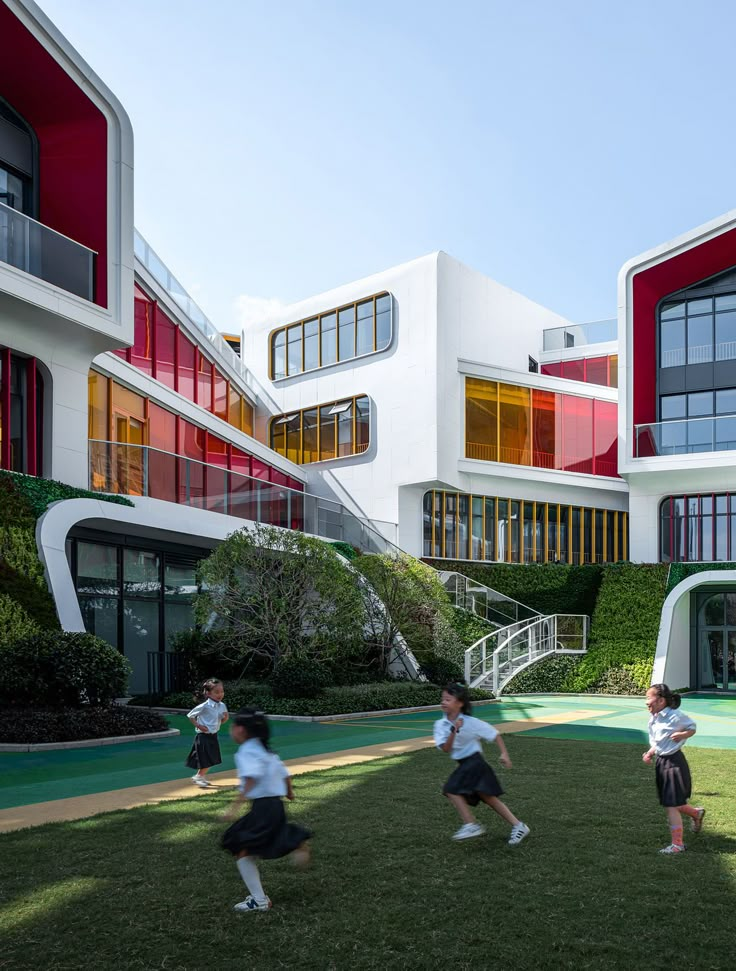
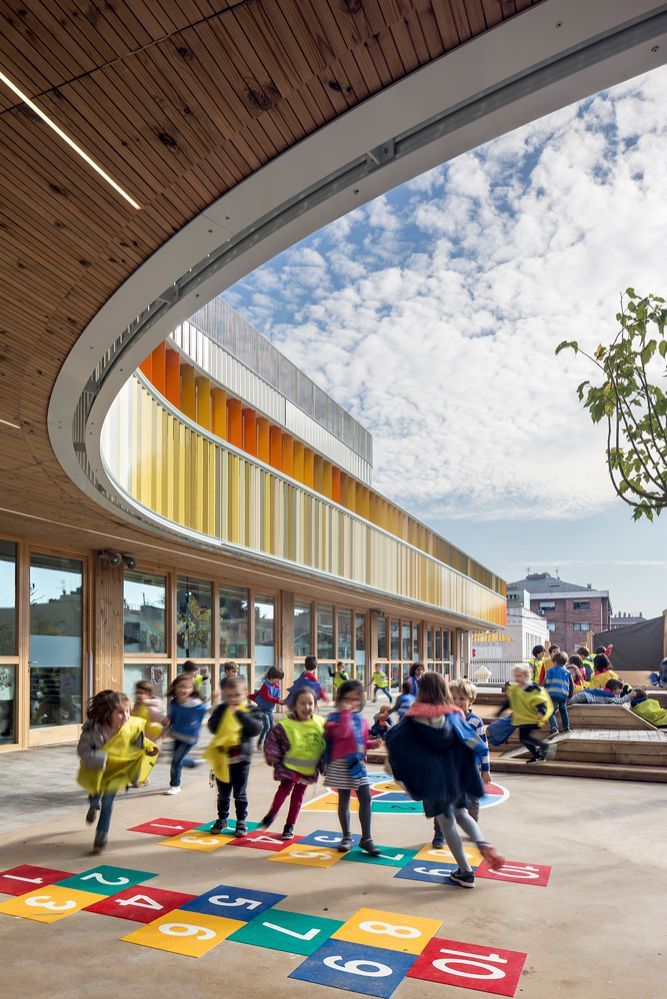
Incorporate Technology Outdoors
The integration of technology in outdoor learning spaces encourages a modern approach to education. Schools are adopting outdoor classrooms that include digital tools to facilitate learning. Tablets and interactive displays can encourage collaboration and allow students to explore digital resources. This hybrid mix of outdoor settings and technology empowers educators to leverage various teaching styles and multimedia resources.
Solar-powered charging stations and Wi-Fi access points facilitate connectivity even more. Students can organize their activities and access critical information outside traditional classroom walls. The result is a seamless learning experience that elevates both outdoor and indoor educational components.
Environmental Awareness through Outdoor Learning
Outdoor school designs have the remarkable ability to instill a sense of environmental awareness among students. By engaging students in building birdhouses, participating in recycling initiatives, and other conservation-oriented activities, schools can shape students’ attitudes toward sustainability.
Experiential learning fills students with a sense of responsibility towards their environment. By observing the local ecosystem and their role within it, students develop critical thinking skills related to environmental issues and solutions. Outdoor lessons on ecosystem diversity can make subjects like biology more relatable. Schools that integrate these learning experiences into their outdoor designs cultivate environmentally aware citizens for the future.
Community Engagement and Collaboration

Creating inviting outdoor spaces also promotes engagement with the wider community. Schools that collaborate with local organizations can transform outdoor spaces into hubs of activity for educational and recreational purposes. When schools invite community members to participate in school events or workshops, they build bridges between students, parents, and local citizens.
Community gardens or outdoor performance areas can host a range of events, such as farmers’ markets, art shows, and cultural festivals. These initiatives foster unity, as schools become relevant and accessible cores for the community. Such interactions positively impact students by expanding their understanding of local issues and relationships. When spaces are designed for collaboration, they contribute to a stronger, interconnected community dynamic.
Outdoor learning spaces evolve from mere extensions of classrooms into prominent community assets that support and inspire learning. Enriching education through innovative designs in outdoor school spaces can have profound effects on both students and the community. With these tips in mind, schools can create enriching experiences beyond education.
- 9shares
- Facebook0
- Pinterest9
- Twitter0


